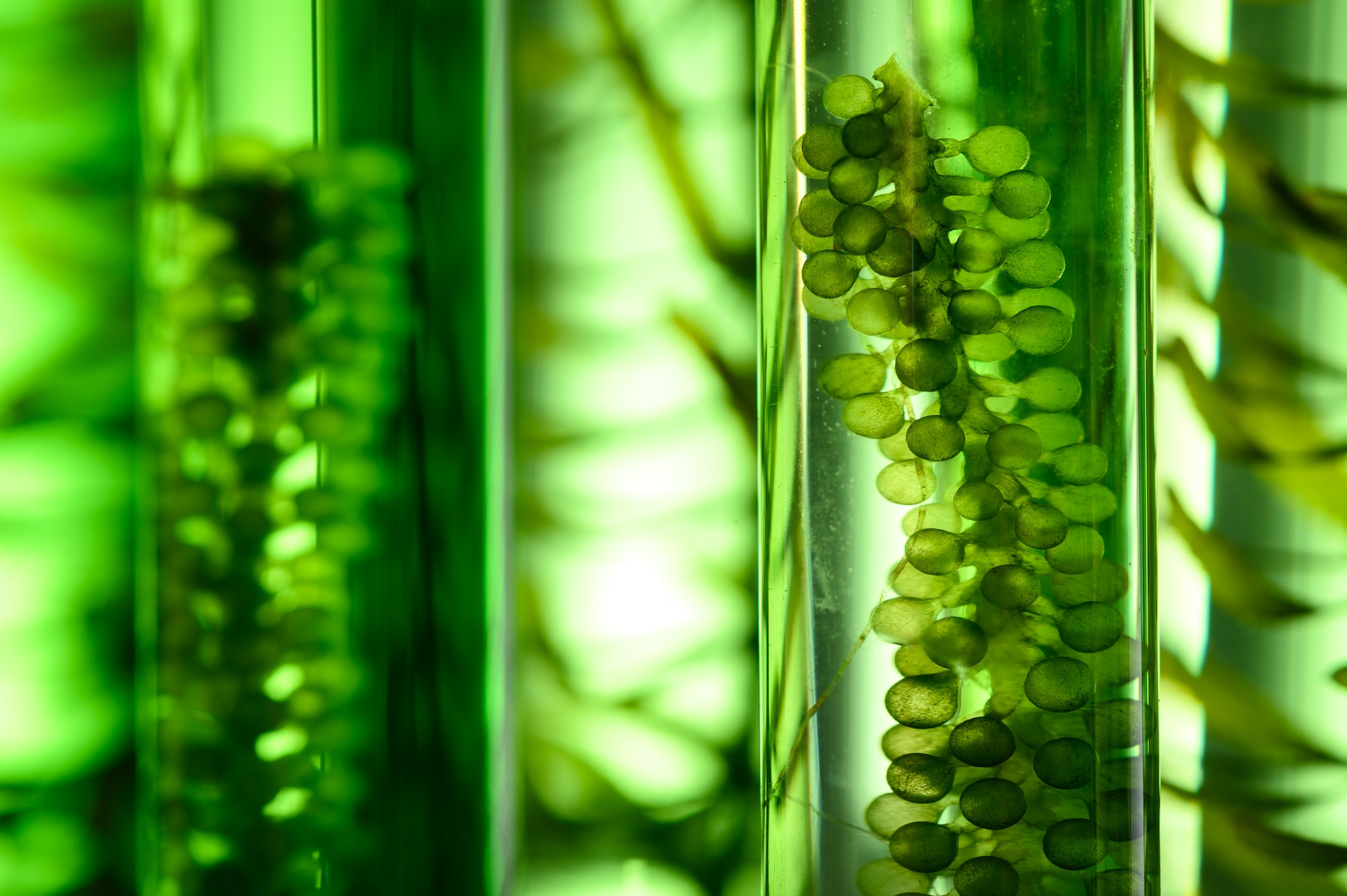Algae photobioreactors (PBRs) have gained significant attention in recent years due to their potential to address global challenges such as climate change, food and energy security, and environmental sustainability. These systems provide a controlled environment for the cultivation of microalgae, which are microscopic photosynthetic organisms that can convert sunlight, carbon dioxide (CO2), and nutrients into biomass. The process of algae-based carbon sequestration involves capturing CO2 from industrial emissions or the atmosphere and using it as a carbon source for microalgae growth, thereby reducing greenhouse gas emissions and mitigating climate change impacts.
Optimizing algae growth in PBRs is crucial for enhancing the efficiency of carbon sequestration and the production of valuable bioproducts such as biofuels, animal feed, and bioplastics. Several factors influence the growth and productivity of microalgae in PBRs, including light intensity and quality, CO2 concentration, nutrient availability, temperature, pH, salinity, and hydrodynamics. Researchers have been exploring various strategies to optimize these parameters to maximize algal biomass yield and carbon capture efficiency.
One critical factor affecting microalgae growth in PBRs is light availability. Microalgae require light energy for photosynthesis, but excessive light intensity can cause photoinhibition and reduce productivity. Therefore, optimizing the light intensity and distribution within PBRs is essential for maximizing growth rates. This can be achieved by using artificial light sources such as light-emitting diodes (LEDs) with adjustable wavelengths and intensities or by designing PBRs with improved light distribution patterns. Moreover, researchers have been investigating the use of light-harvesting materials such as luminescent solar concentrators to enhance light availability in PBRs.
CO2 concentration is another critical factor influencing microalgae growth in PBRs. High CO2 concentrations can boost algal productivity by providing more carbon for photosynthesis. However, excessive CO2 levels can also cause pH fluctuations and inhibit growth. Researchers have been exploring various strategies to optimize CO2 delivery in PBRs, such as using membrane contactors for efficient gas transfer or developing novel algal strains with enhanced CO2 fixation capabilities.
Nutrient availability is essential for microalgae growth, and optimizing nutrient supply in PBRs can significantly enhance productivity and carbon sequestration efficiency. This can be achieved by using nutrient-rich wastewater as a growth medium or by optimizing the nutrient composition and delivery methods in synthetic media. Moreover, researchers have been investigating the potential of recycling algal biomass residues as a nutrient source to reduce input costs and environmental impacts.
Temperature, pH, and salinity are other important factors that affect microalgae growth in PBRs. Maintaining optimal conditions for each algal species is crucial for maximizing productivity and carbon capture efficiency. This can be achieved by designing PBRs with advanced temperature control systems or by selecting robust algal strains that can tolerate a wide range of environmental conditions.
Hydrodynamics play a vital role in microalgae cultivation in PBRs, as they influence nutrient and gas transfer, light distribution, and cell aggregation. Optimizing hydrodynamic conditions in PBRs can enhance mass transfer rates, reduce light limitation, and prevent cell sedimentation, thereby improving productivity and carbon sequestration efficiency. This can be achieved by using advanced mixing devices such as airlift systems or impellers or by designing PBRs with optimized flow patterns.
In conclusion, optimizing algae growth in photobioreactors is crucial for enhancing the process of algae-based carbon sequestration and the production of valuable bioproducts. By addressing critical factors such as light availability, CO2 concentration, nutrient supply, temperature, pH, salinity, and hydrodynamics, researchers can develop more efficient PBR systems that contribute to global sustainability goals.


